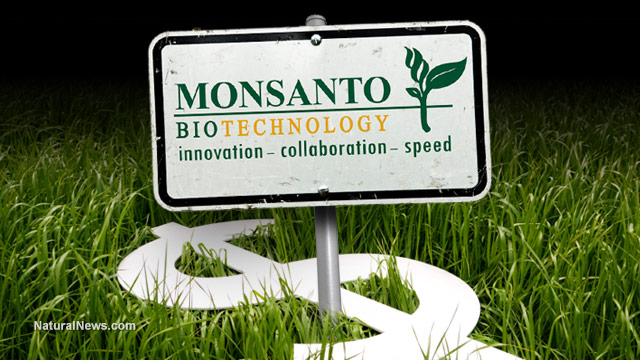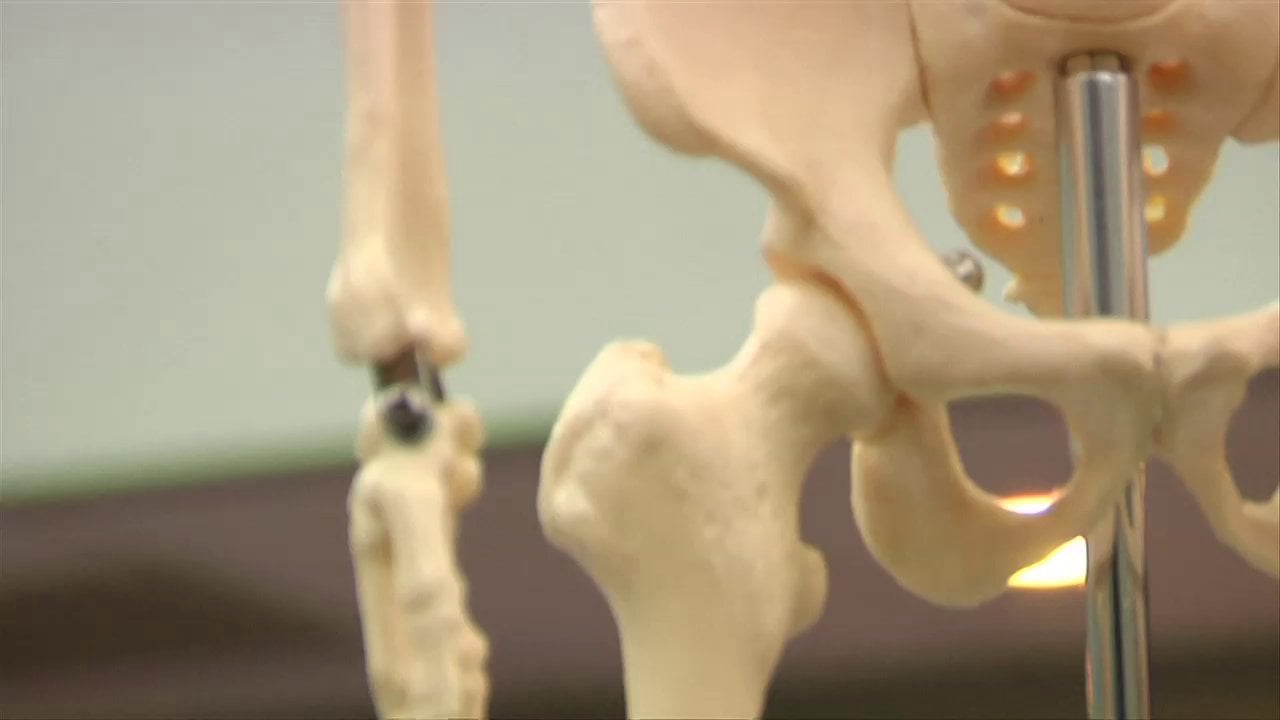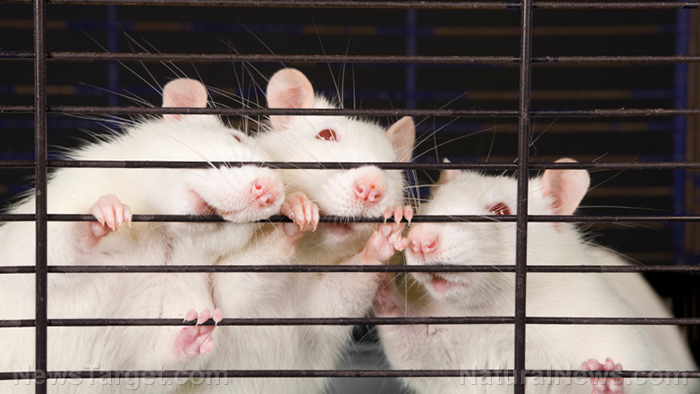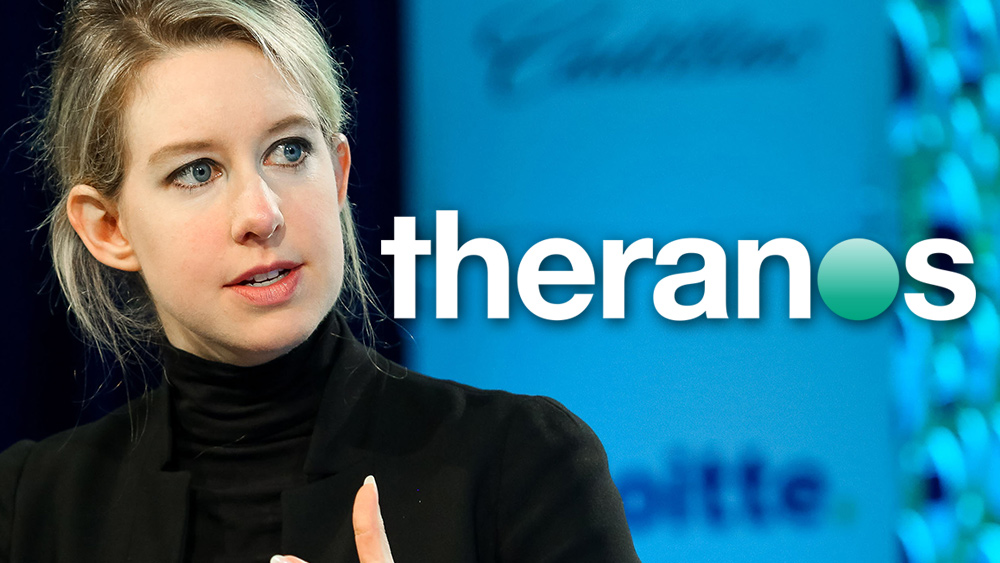Fake news media hyping up “purple rice” because it’s GMO, but won’t talk about anti-cancer benefits of purple carrots
07/10/2017 / By Isabelle Z.
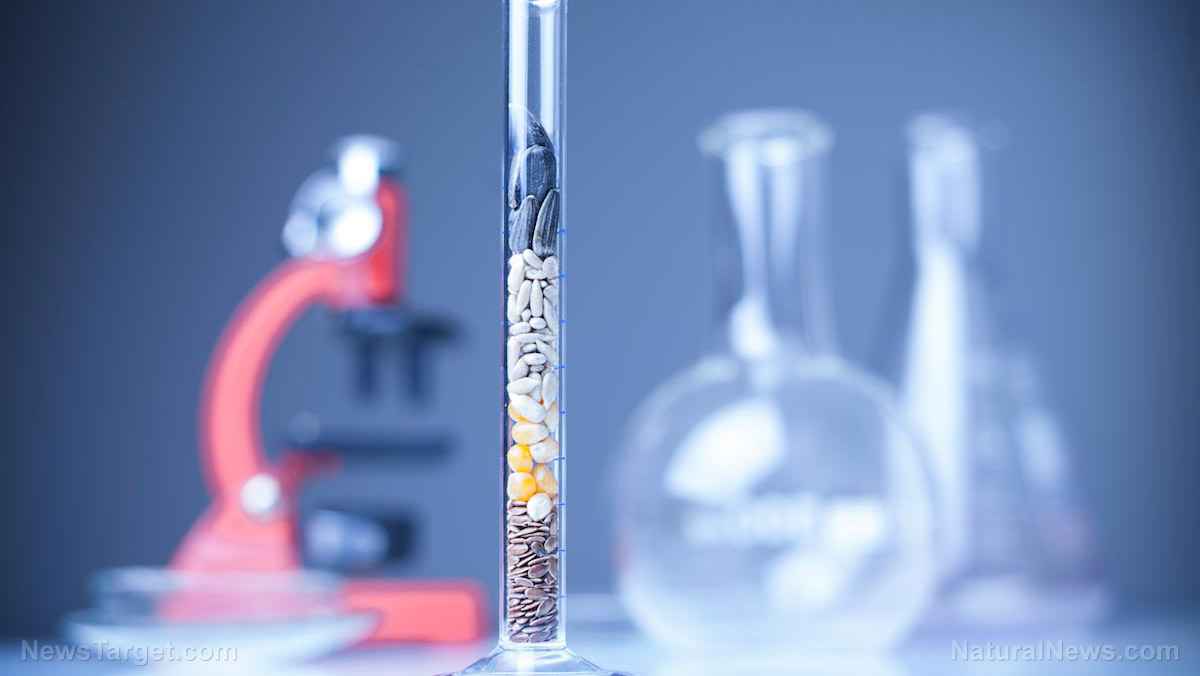
If you’ve ever stumbled across purple carrots at a farmer’s market or even your local grocery store, they might have piqued your curiosity, but if you are like most people, you probably didn’t know what to do with them and ultimately decided against buying them. No one would blame you for that. After all, the mainstream media generally seems to ignore their existence and chooses not to publicize their anti-cancer benefits.
If purple carrots had GMO money behind them, however, the story would probably be a lot different. Purple rice has been getting a ton of publicity recently, so the mainstream media clearly has nothing against the color purple. Why are they so eager to spotlight purple rice’s anti-cancer benefits despite years of dismissing purple carrots, which contain the same beneficial compound? It all comes down to the almighty dollar.
Purple carrots have more antioxidants than their orange counterparts, and their characteristics are almost magical: they’re anti-inflammatory, antiseptic, antiviral, and antimicrobial and they contain anticarcinogens as well as phenolics and carotenoids. Despite this impressive pedigree, we don’t hear much about them.
Purple carrots occur naturally, but purple rice is a GMO, which means it has a rich and powerful industry backing it and ensuring it gets plenty of attention. GMO purple rice is engineered to contain high levels of the same compound that gives purple carrots their color and anti-cancer properties, anthocyanins. In addition to lowering the risk of some types of cancer, it is believed to help reduce diabetes, cardiovascular disease, and other chronic illnesses.
Countless headlines in recent months have been focused on this new food and its anti-cancer benefits, while the fact that it came from a genetic engineering technique is being largely glossed over.
Scientists at the South China Agricultural University came up with the technique, which has been given the highly unappetizing name of TransGene Stacking II. It has solved many of the problems encountered when trying to enrich rice with anthocyanins in the past, and now they think the technique could even be used to enrich other foods with nutrients, creating a whole collection of frightening “foods” never intended by nature.
Anthocyanins have plenty of benefits, but why wouldn’t a person want to get them from a food in which they occur naturally instead of one that was created in a lab? In addition to purple carrots, you can find these beneficial compounds in foods like plums, berries, red cabbage, cherries, pomegranates and red onions. Some red and black rice varieties also naturally contain these compounds. Moreover, scientists have found a way to produce anthocyanin-rich potatoes using conventional techniques rather than genetic engineering.
Purple carrots vs. purple rice
According to the World Carrot Museum, carrots were originally purple and many of them can still be found in places like the Middle East, Asia, Turkey and Spain. These varieties typically have more than double the amount of alpha and beta carotene and 28 times the anthocyanins of orange carrots. They also contain fiber, vitamin B, vitamin C and vitamin E, making them a well-rounded and nutritious vegetable, and they’re just as safe as any other organic, non-GMO carrot.
The safety of consuming purple rice is being evaluated, but it’s something plenty of people will be avoiding, much like golden rice. The GMO industry wanted us to believe that golden rice would save the world, but it has come under fire for everything from its link to birth defects to unethical human studies. The public is growing increasingly skeptical of GMOs, and purple rice could well end up becoming just another Frankenfood that will send informed consumers running in the opposite direction.
Sources include:
Tagged Under: anthocyanins, GMO, media hype, phytonutrients, propaganda, purple carrots, purple rice








